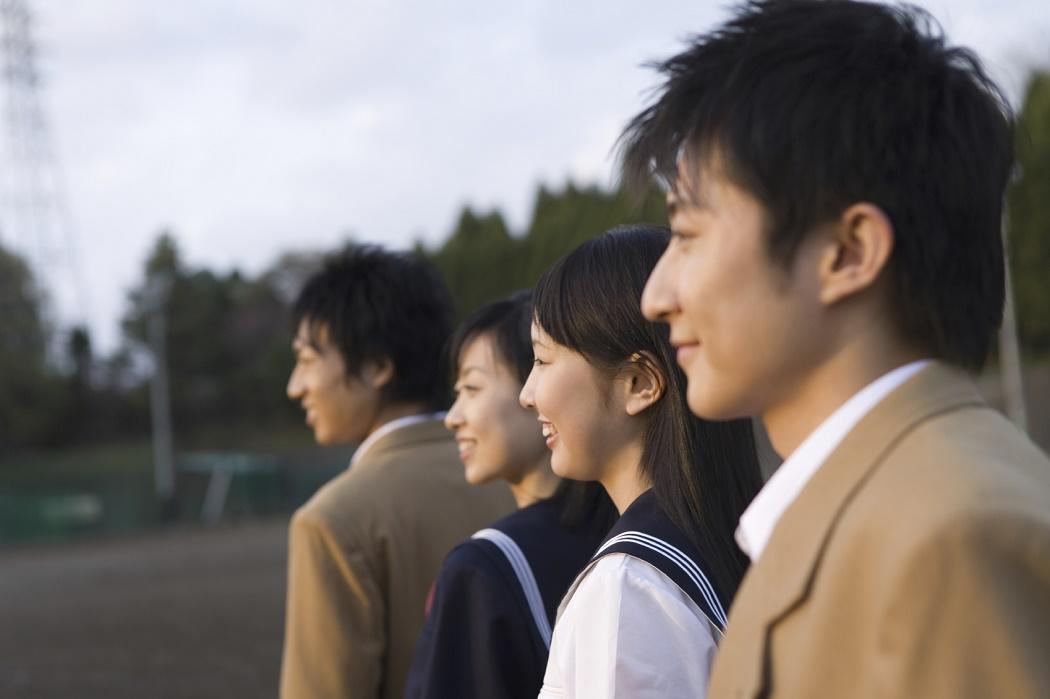In a recent Washington Post Op-Ed, James Palmer, an American expat writer in Beijing, writes that many U.S. pundits seem to see China as nothing but a foil for arguments about our own national failings. One way this manifests itself is as a panic over Chinese students’ impressive scores on international tests—never mind that the scores are only for students from elite Shanghai schools, while two thirds of rural children never even make it to high school.
If you’re old enough to have lived through the late ’80s and early ’90s, you might remember that there was a similar amount of noise back then about our educational system’s ability to compete with Japan. (And if you can remember a couple of decades before that, you’ll recall the same thing about a little country called the Soviet Union, though that’s a subject for a different day.) In a 2008 paper for the International Review of Education, David Blake Willis, Satoshi Yamamura, and Jeremy Rappleye look at the U.S. idolization of Japanese schools.
Willis, Yamamura, and Rappleye write that the sudden American focus on Japanese education came right after the 1983 publication of A Nation at Risk, a landmark federal report warning that the American education system was failing. Japan, in the midst of an economic boom, became an obvious model to look to. But the authors note that, at the same time, Japan “was so concerned about the (supposed) failing state of its own education system that it too launched a high profile reform council.” This led to a cringe-inducing scene in which the U.S. Secretary of Education told his Japanese counterpart that America wanted to copy Japan’s “cram schools”—at just the moment when the Japanese were trying to ditch them.
Other countries also looked at Japanese schools as a model, but they drew different lessons. To Malaysia and China, the nation represented an alternative to Western educational models and a way to preserve Asian cultural traditions.
“Thus, we find that Japan’s status as a potential ‘Global Model’ is something that can only be understood with some view of what is happening politically in the countries which find Japan attractive,” the authors write.
Since then, they note, in the first decade of the twenty-first century, Japan has been shaken by dropping test scores and an expanding gap in achievement between students from different economic classes. Some Japanese policy-makers have pointed to the U.S. as a model for educational reforms, despite our continuing low scores on the international tests that Japan is so worried about.
For the U.S. educational system, the lesson here may be that international comparisons are a tricky business, and we should be wary of pulling data out of context to advocate for particular policy changes.







